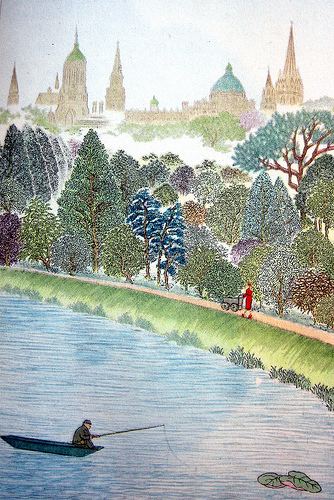Name Chiang Yee Role Poet | Died 1977, Beijing, China | |
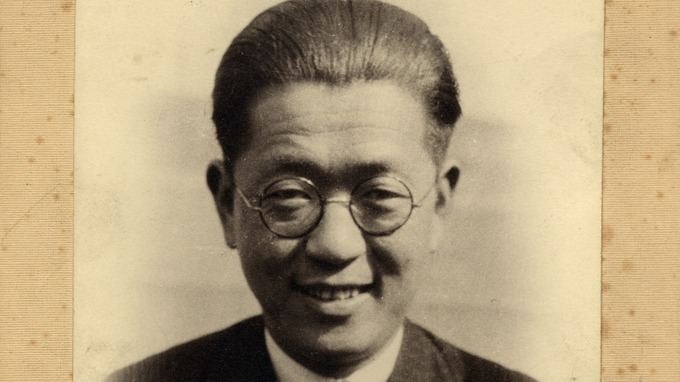 | ||
Books The Silent Traveller in London, The Silent Traveller in Oxford, Chinese Calligraphy, The Silent Traveller in Lakeland, The Chinese eye | ||
Chiang Yee (simplified Chinese: 蒋彝; traditional Chinese: 蔣彝, Pinyin: Jiǎng Yí, Wade–Giles: Chiang Yee) (19 May 1903 – 26 October 1977), self-styled as "The Silent Traveller", was a Chinese poet, author, painter and calligrapher.
Contents
- 19031933 China
- 19331955 England
- Commentary on his writing 19331955
- 19551975 United States
- 19751977 China
- Survivors
- The Silent Traveller series
- Poetry
- China childhood and return
- Painting and calligraphy
- Other works
- Illustrated only
- References
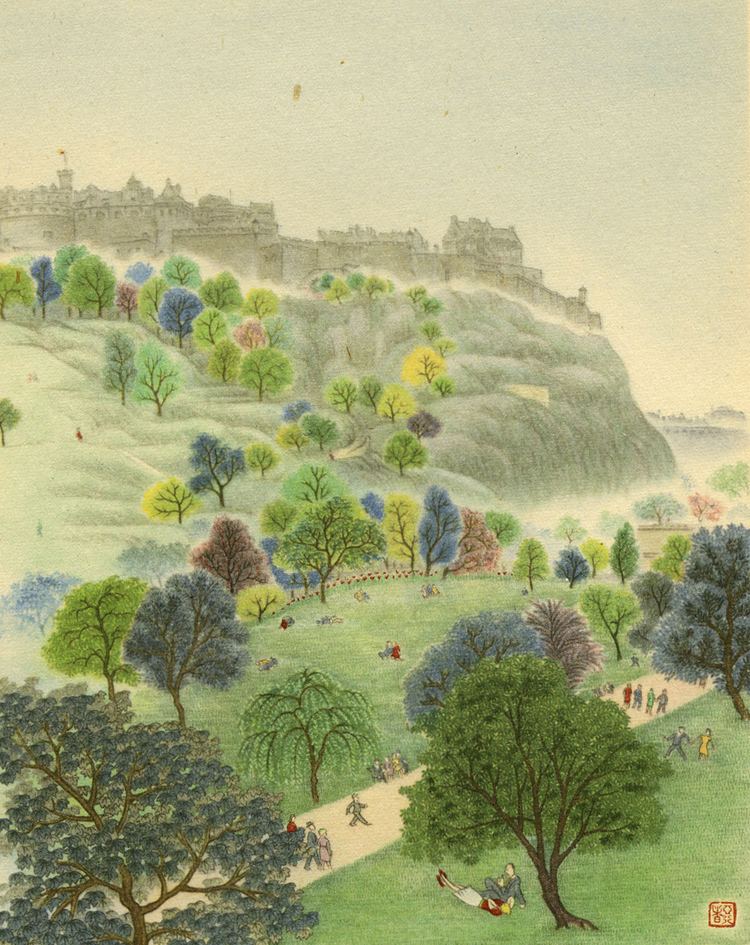
1903–1933: China

Chiang Yee was born in Jiujiang, China, on a day variously recorded as 19 May or 14 June. He married Tseng Yun in 1924, with whom he was to have four children, and in 1925 graduated from Nanjing University (then named National Southeastern University), not only one of the world's oldest institutions of learning but also relaunched in 1920 as one of China's earlier modern universities. He served for over a year in the Chinese army during the Second Sino-Japanese War, then taught chemistry in middle schools, lectured at National Chengchi University, and worked as assistant editor of a Hangzhou newspaper. He subsequently served as magistrate of three counties (Jiujang in Jiangxi, and Dangtu and Wuhu in Anhui.) Unhappy with the situation in China then (see Nanjing decade), he departed for England in 1933, to study for an MSc in Economics at the London School of Economics, focusing on municipal administration, leaving wife and family behind.
1933–1955: England
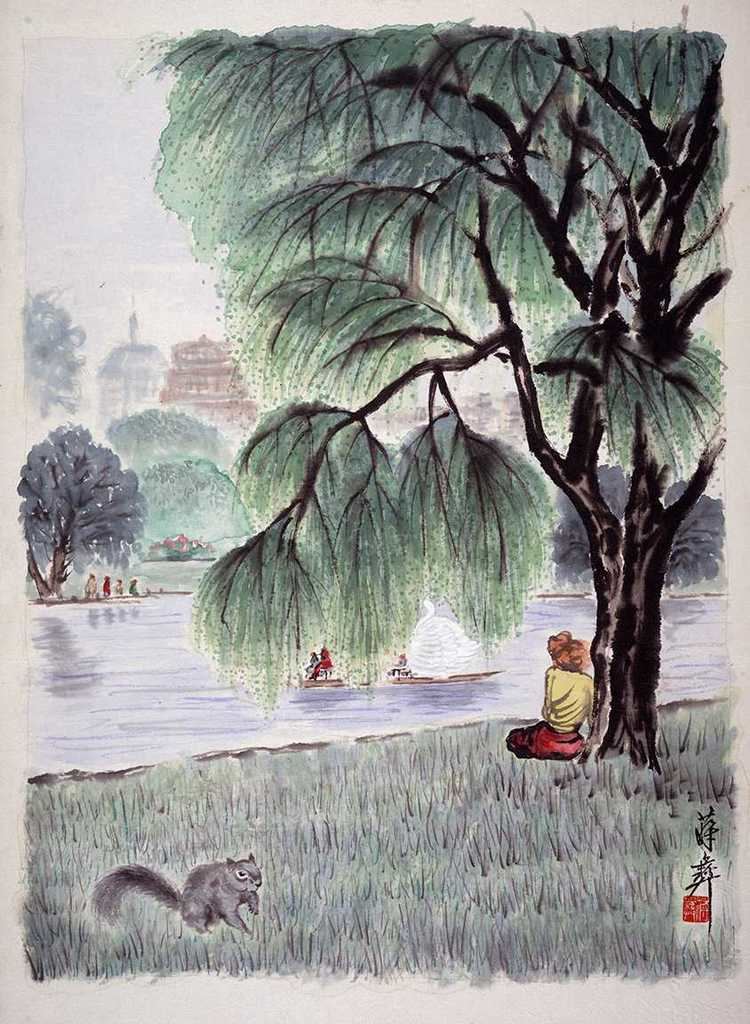
From 1935 to 1938 he taught Chinese at the School of Oriental Studies (now School of Oriental and African Studies), University of London, and 1938 to 1940 worked at the Wellcome Museum of Anatomy and Pathology. During this period, he wrote and illustrated a well-received series of books entitled The Silent Traveller in..... His first was The Silent Traveller: a Chinese Artist in Lakeland, written from a journal of a fortnight in the English Lake District in August 1936). Others followed: The Silent Traveller in London, the Yorkshire Dales, and Oxford. Despite paper shortages and rationing, these books were kept in print. He wrote The Silent Traveller in Wartime, and, after World War II ended, the series gradually ventured further afield, to Edinburgh, Dublin, Paris, New York, San Francisco, and Boston, concluding in 1972 with Japan.
Commentary on his writing: 1933–1955

The books characteristically bring a fresh 'sideways look' in a peaceful and non-judgemental way to places perhaps unfamiliar at the time to a Chinese national: the author was struck by things the locals might not notice, such as beards, or the fact that the so-called Lion's Haunch on Arthur's Seat in Edinburgh is actually far more like a sleeping elephant. In his wartime books, Chiang Yee made it plain that he was fervently opposed to Nazism. His writings exude a feeling of positive curiosity, life-enhancing in a unique way. Some of his books have been re-issued in modern times, sometimes with fresh introductions.
1955–1975: United States
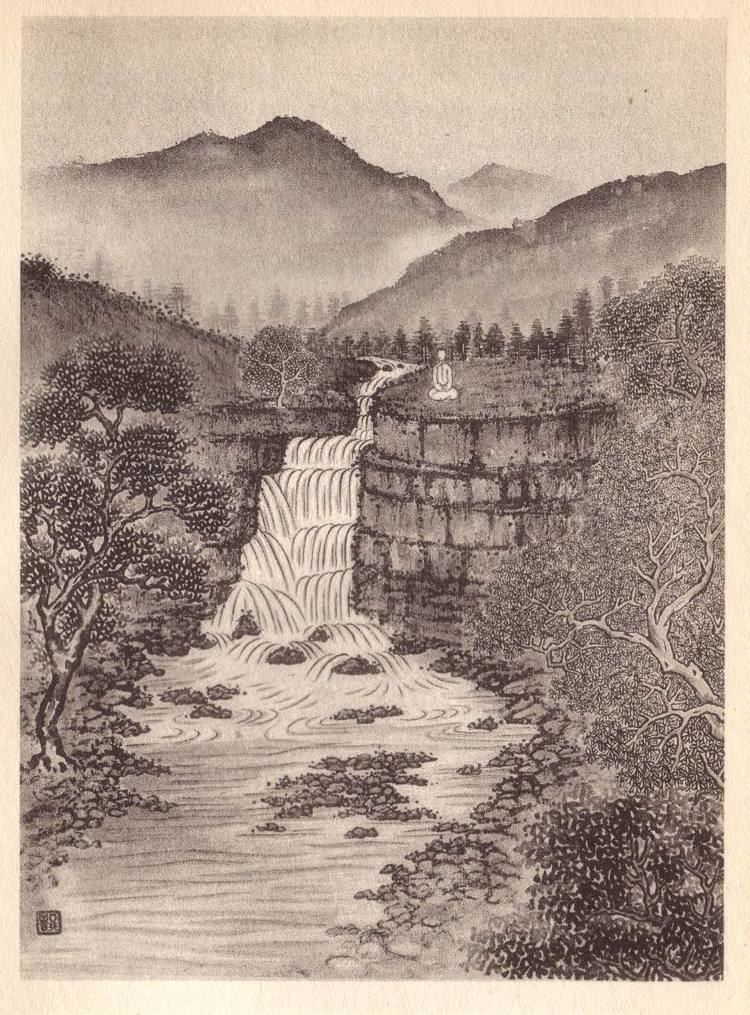
After living for some years in a small flat in London and being obliged, during the war, neither to travel nor to take part in the hostilities, on account of being classed as an 'alien', he moved to the United States in 1955, where he became a lecturer (and ultimately Emeritus Professor of Chinese) at Columbia University from 1955 to 1977, with an interlude in 1958 and 1959 during which he was Emerson Fellow in Poetry at Harvard University. He became a naturalized citizen in 1966. He illustrated all his books, including several for children, and he wrote a standard tome on Chinese calligraphy.
1975–1977: China

Chiang died in his seventies in China after spending over forty years away from his homeland, on a day variously recorded as 7 or 26 October 1977. His tomb is on the slopes of Mount Lu above his home town; he is now part of the landscape and environment that influenced his painting over the years.
Survivors
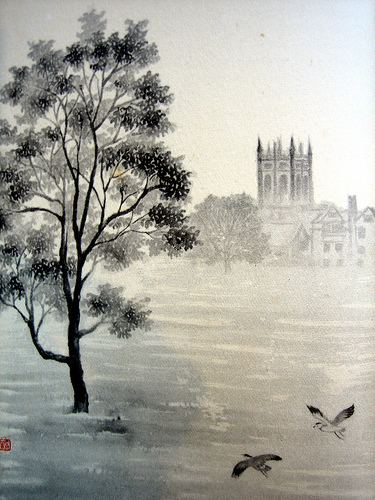
Chiang Yee was survived by his eldest son, Chiang Chien-kuo who joined him in the UK after World War II. Chien-Kuo married and lived in Jersey, Channel Islands. He died in 2002 and was survived by his wife, Barbara Chiang, two children, Stephen and Sudi Chiang and grandchildren, Toby and Emily Chiang and Shiao-li Green. Chiang Yee's younger son, Chiang Chien-Fei, joined him in the United States in the 1960s, where he worked as an artist until his death in 2011 in Old Saybrook, Connecticut. He is survived by his wife, Chiaowen Chiang; two children, Hsinyee (San-San) and Hsinya (Ton-Ton); and grandchildren Adam, Jeremy, Jolie, and Cooper.
The Silent Traveller series

Poetry
